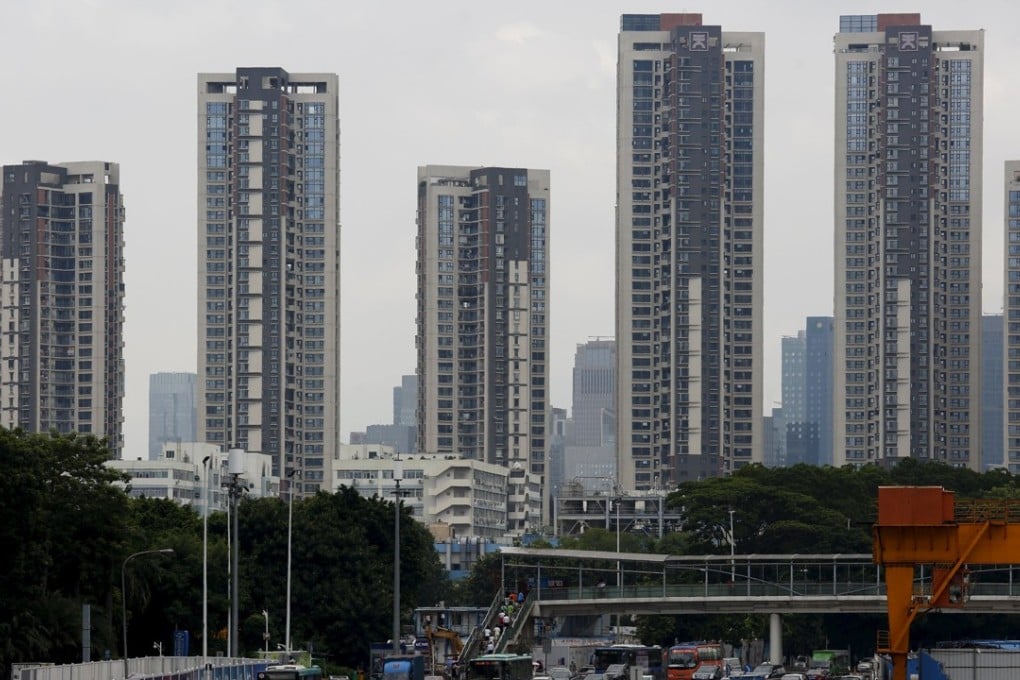Concrete Analysis | Four tap into asset-backed securities on rental flats – who’ll be next?

Following Mofang and Ziroom’s successful issuance of Asset Backed Securities (ABS), China Young Professional Apartments (CYPA) and Poly Real Estate (Poly China) have now been given the green light to launch quasi-Real Estate Investment Trusts (REITs). Property developers, such as China Vanke, CIFI Holdings (Group), Longfor Properties and Landsea Green Properties, Poly China has entered the business of long-term rental spaces. Overseas cases suggest that launching these ABS offer distinct advantages.
Most notably they can bolster property market liquidity and expedite capital inflows, which helps expansion in the next stage. For example, American condominium operators, EQR and AVB, expanded and upgraded their asset values, via the issuance of ABS. Since the rules and regulations on REITs are still at the discussion stage, it is difficult for domestic developers to issue REITs such as EQR’s.
Only CYPA and Poly China have so far been prepared to issue similar products. ABS issuance costs are generally higher than those of corporate commercial paper or debt. Moreover, rental yields in China’s housing market remain low. These restrictions have led to a reluctance by real estate companies to securitise their long-term rental flats projects. Nonetheless, in view of the overall benefits in boosting liquidity and financial innovation, ABS on long-term rental flats are still worth a shot.
In the current lucrative market for long-term rental space, only Mofang, Ziroom, CYPA, and Poly have introduced securitisation to their operations
In the current lucrative market for long-term rental space, only Mofang, Ziroom, CYPA, and Poly have introduced securitisation to their operations. The former two companies manage their ABS in profoundly different ways from the latter. Mofang and Ziroom’s ABS could be considered as commercial mortgages, or a sort of bond; whereas CYPA and Poly’s are more like equities.
Mofang launched the first ABS on long-term rental flats in China, following by Ziroom seven months later. In terms of issuance scale, the Ziroom ABS are worth to 500 million yuan (US$75.38 million), with Mofang slightly less at 350 million yuan, pretty much directly correlated to the enterprises’ operating sizes.
The number of residents living in Ziroom’s flats in Beijing, Shanghai, Shenzhen, Hangzhou, and Nanjing had passed the million mark by August 2017; it manages over 400,000 flats in total. By contrast, Mofang manages less than 100,000. Ziroom is performing slightly better financially. Mofang’s operating costs are roughly 8 per cent, with Ziroom’s 6 per cent.
The major differences in the two lie in their transaction structures. The most notable feature of CYPA and Poly’s securitisation products is they are effectively equity products, closest to REITs models focused on long-term overseas rental space.
